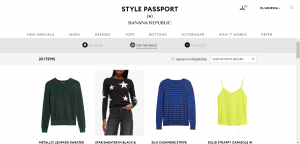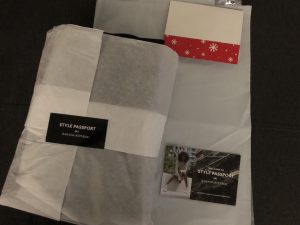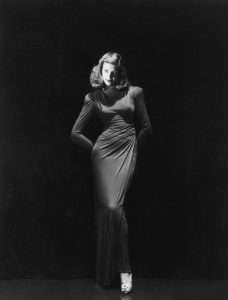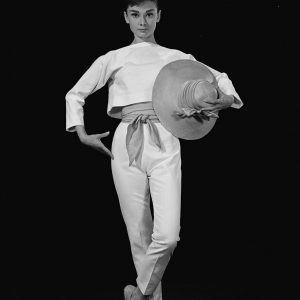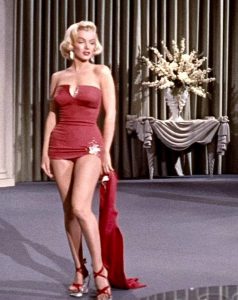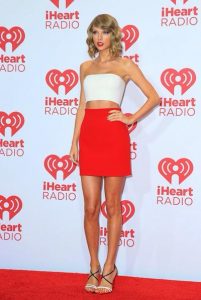This post includes affiliate links.
As I’ve written about before, my style word of the year is “Professional.” My aim was to develop my personal style at a higher level of dress than casual. An obstacle toward me achieving that goal, besides being a broke grad student, is that I am also actively working on losing weight, and I didn’t want to invest in clothing, only to be a different size shortly thereafter. I’m also just not a thrifter, and when you go cheap, you usually sacrifice quality, and this tends to be especially apparent to me in professional wear. But I really need these kinds of clothes, because not only is dressing more professionally my style resolution, but I also go to professional events, and my industry is very small so I can’t just wear the same thing all the time,. Plus, I will start going on interviews soon.
Enter Banana Republic Style Passport. I randomly got an email offering a free 30-day trial of the service. Basically, you choose from a selection of clothing, and they’ll send you three items at a time, for $85 a month. That’s cheaper than most full-price items than Banana Republic. If you want to keep an item, you get a discount. I’ve never tried out anything similar before, but I felt like it seemed perfect for my needs, because Banana Republic has a ton of clothes suitable for a 4/3 FG. So here is how it’s worked out for me.
Before I start, there is one major caveat with this service: Right now, it only carries sizes 0-14/XS-XL. If you fall outside of that–if you need plus size or petite–you are out of luck. This isn’t a problem for me outside of pants, and I can sometimes get away with it, depending on the pant, but if I were actually buying pants from Banana Republic at full price, I would definitely want petite. I hope that petite and plus sizes are something that is added to this service in the future.
So how it works is that you can choose an unlimited number of items from the site to put in your virtual closet, and they will choose three items to ship to you. They suggest at least 20 to ensure that you don’t have delays in getting your box. You can select certain items as your priority items, and they’ll try to put those items in your box.
I selected three priority items before my first box was sent: Modern Sloan Skinny Fit Pants in black in two sizes, and the Sweater Blazer in black (currently only available in Petite on the Banana Republic website). These were pieces that I felt could be basics for me, if the price for purchasing them were right, and I wasn’t sure what size to get in the pants.
For my first box, which shipped Friday evening after I put together my closet in the wee hours of the morning on Thursday, I ended up with the pants in the smaller size I had selected and the blazer, plus the Merino Ribbed Sweater in Neon Fuchsia Purple. My box was delivered today, on Sunday afternoon, via Priority Mail.
You don’t find out what the discounted price would be until the box ships, but the pants are $22 as opposed to $89.50 (and the smaller size is the right size for me) and the blazer is $34.50 instead of $139, which to me are worth it for basics that can really get me through the next few months and can be worn with other items. At $47.50, though, I’ll wear the sweater and send it back. You can’t just send the items back one at a time, however. You have to send back all the items you aren’t going to purchase at once before your next box can ship. (They include a prepaid mailer.)
So overall, I’m very pleased with this service. It will definitely be useful for me for these next few months, and maybe beyond. I do have a referral link, which will give you $20 off your first month, and I will get the same amount in a credit toward my own account, if you think this is something that could work for you too. (This post was not sponsored, though!) I just hope they expand it to petite and plus sizes, as I mentioned.
Have you tried any similar subscription services? Did it work for you?
